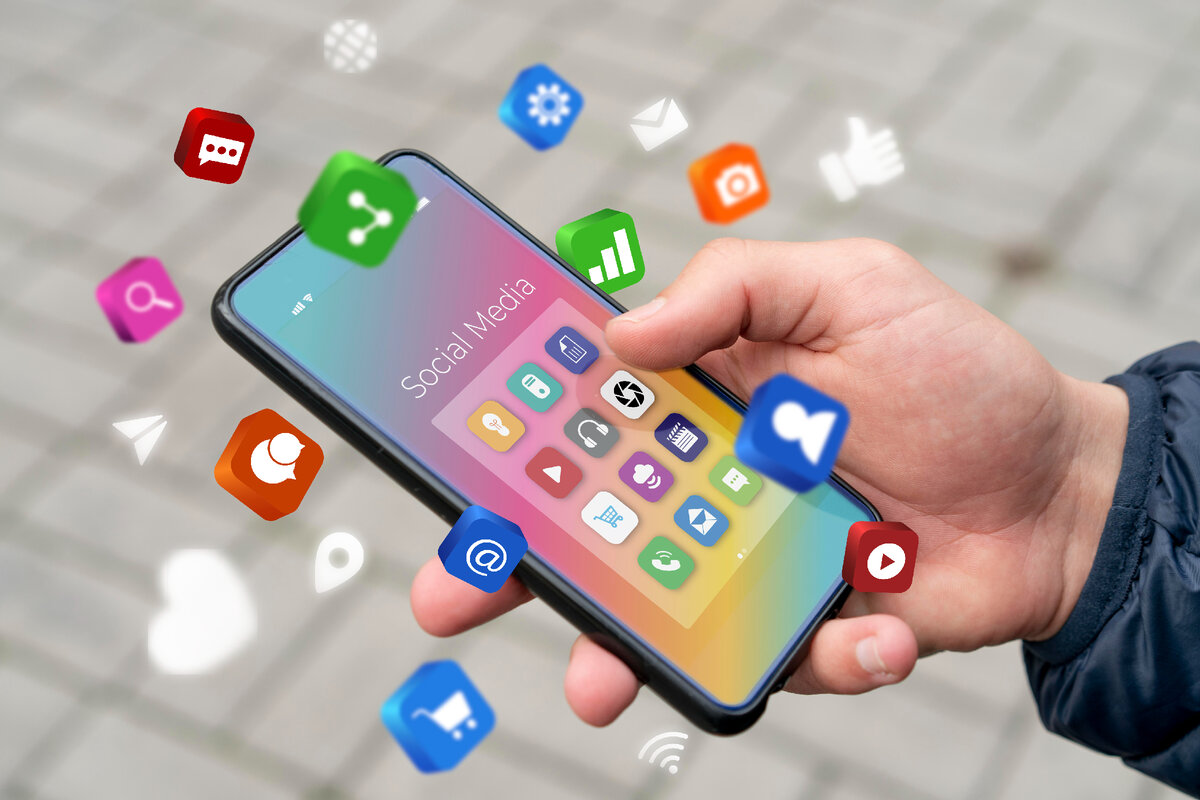Mobile apps for iOS and Android have become an integral part of the modern world, offering convenient solutions for business, entertainment, and everyday tasks. Building your own mobile app may seem daunting at first, but with the right approach and a clear understanding of the process, it’s entirely achievable. Here, we’ll cover the main development methods for iOS and Android, app architecture, operating systems, tools, and useful services to help you bring your idea to life.
Contents
- Stages of Mobile App Development
- How to Build a Mobile App with a No-Code Builder
- How to Build a Mobile App from Scratch
- Services for Creating Mobile Apps
Stages of Mobile App Development
Creating an app is a complex process that requires careful planning and execution. It involves several key phases:
- Defining the Goal and Concept
- Choosing a Platform: iOS, Android, or cross-platform
- UI/UX Design
- Selecting Technologies and Tools
- Development and Programming
- Testing and Debugging
- Publishing to App Stores
- Marketing and Monetization
It’s crucial to plan your architecture in advance, identify core features, choose your tech stack, and devise a growth strategy. At this stage, you create a detailed specification that outlines requirements for functionality, design, security, and performance. Developers also use prototyping tools to get an early preview of the user interface in action. A working prototype lets you test the app’s logic before diving into full-scale development.
How to Build a Mobile App with a No-Code Builder
No-code app builders let you assemble a project without writing code. They’re ideal for small businesses, online shops, blogs, and delivery services. Popular builders provide ready-made templates and modular features you can adapt to your needs.
The typical no-code process includes:
- Selecting a Template or Structure
- Customizing the Interface and Features
- Testing Functionality
- Publishing to App Stores
Builders are convenient because they require no programming knowledge and let you launch a mobile app quickly with minimal cost. However, they have limitations in terms of advanced functionality and customization. Scaling up and integrating complex APIs can be challenging, and apps made with builders may offer fewer options for optimization and speed.
How to Build a Mobile App from Scratch
Developing an app from scratch demands programming skills, technology choices, and the right tools. This approach is best for unique or complex projects that require high performance and flexibility.
Key steps in a from-scratch workflow:
- Choosing a Programming Language (Swift, Kotlin, Java, Dart, etc.)
- Building Server-Side and Client-Side Components
- Designing the User Interface (UI/UX)
- Integrating Databases and External Services
- Testing and Bug Fixing
- Publishing to the App Store and Google Play
While this method takes more time and resources, it gives you complete control over functionality and product quality. A crucial consideration is selecting an architecture pattern. Common choices include:
- MVC (Model-View-Controller): Separates data (Model), UI (View), and business logic (Controller).
- MVVM (Model-View-ViewModel): An evolution of MVC that further decouples UI from logic.
- Clean Architecture: A layered approach that enhances flexibility and scalability.
Development also involves database management, REST API integration, data security, and performance optimization. You must ensure OS compatibility, smooth animations, and UI adaptability across various devices. Developers can write code manually or employ libraries and frameworks to speed up the process. A native approach offers the greatest opportunity for optimization and deep integration with device capabilities.
Services for Creating Mobile Apps
There are numerous tools and platforms to help you build apps, broadly categorized as follows:
- No-Code Builders: For rapid assembly without coding (e.g., Adalo, AppGyver, Glide)
- Cross-Platform Frameworks: Create a single codebase for both iOS and Android (e.g., Flutter, React Native, Xamarin)
- Integrated Development Environments (IDEs): For coding and testing (Xcode, Android Studio, Visual Studio)
- Backend Services: Manage databases, authentication, and analytics (Firebase, AWS Amplify, Supabase)
Conclusions
Building a mobile app is a challenging but rewarding journey. Choosing the right development approach depends on your project’s goals and resources. Native development suits complex applications, while cross-platform solutions can reduce costs and speed up delivery.
With today’s modern technologies and tools, even beginners can create a successful mobile app that runs smoothly on both iOS and Android. The keys to success are a well-thought-out plan, high-quality coding, and thorough testing before launch.
Master the profession of mobile app development with YCLA Coding’s iOS and Android courses. Our experienced instructors will provide you with the knowledge and practical foundation you need. Sign up for a free trial lesson today and start your journey toward a career as a mobile developer as soon as tomorrow.



Write comment